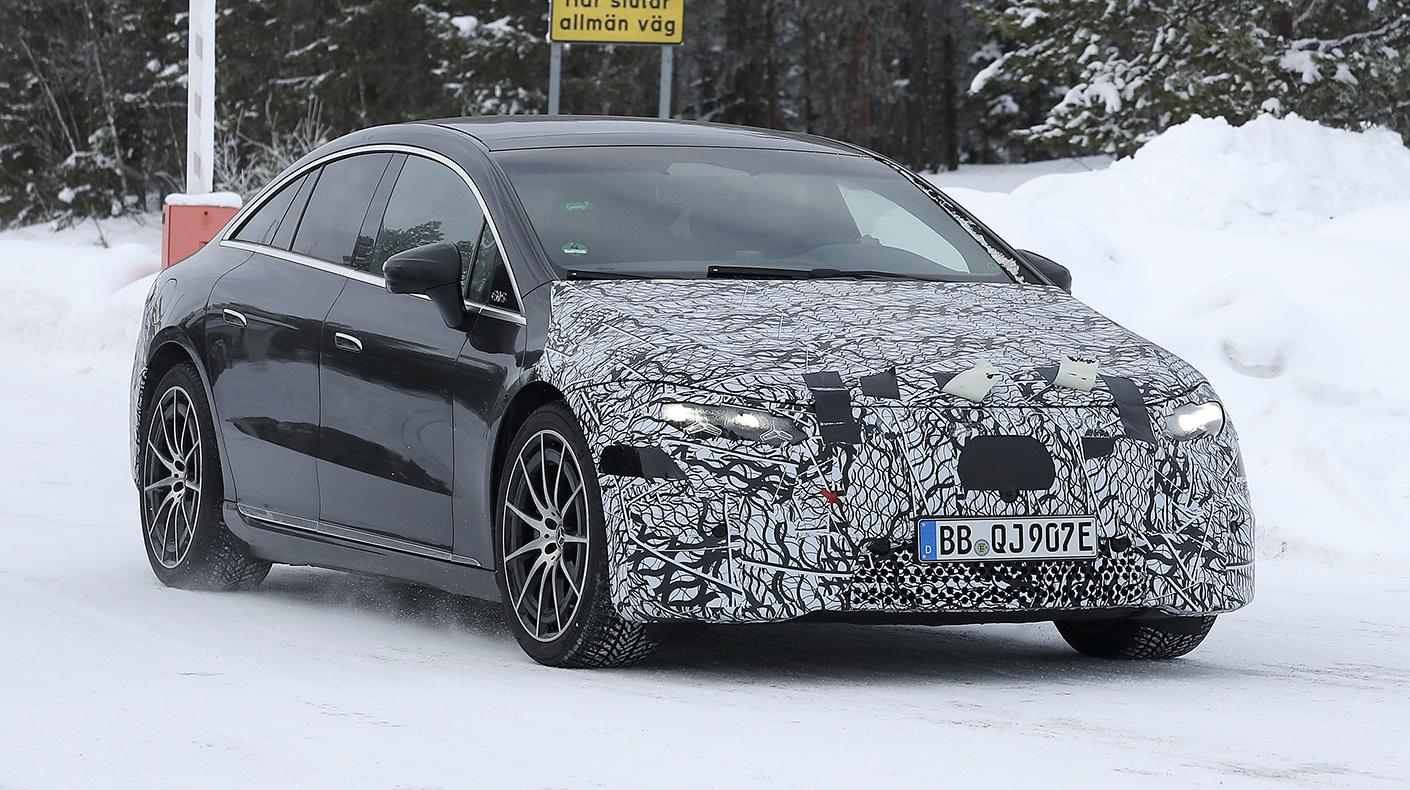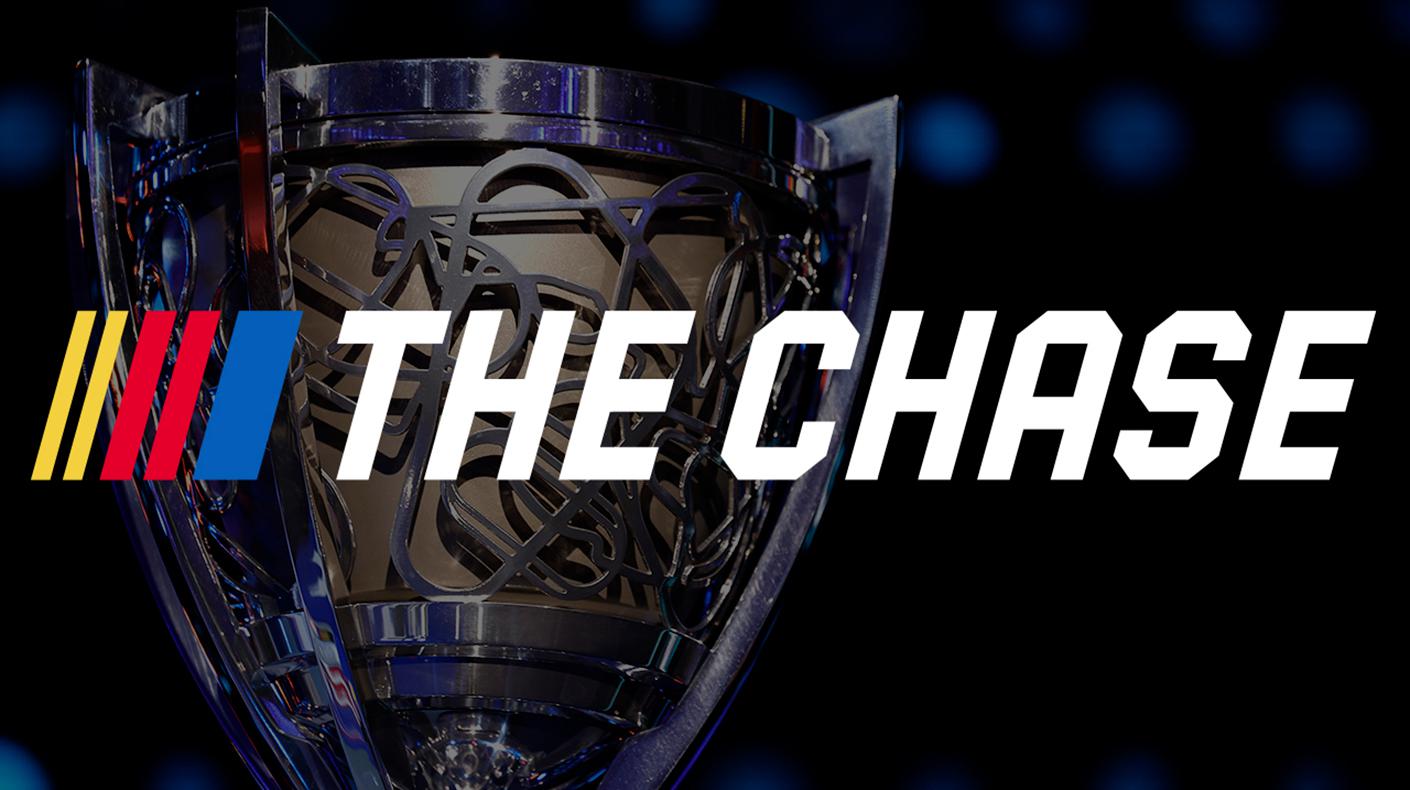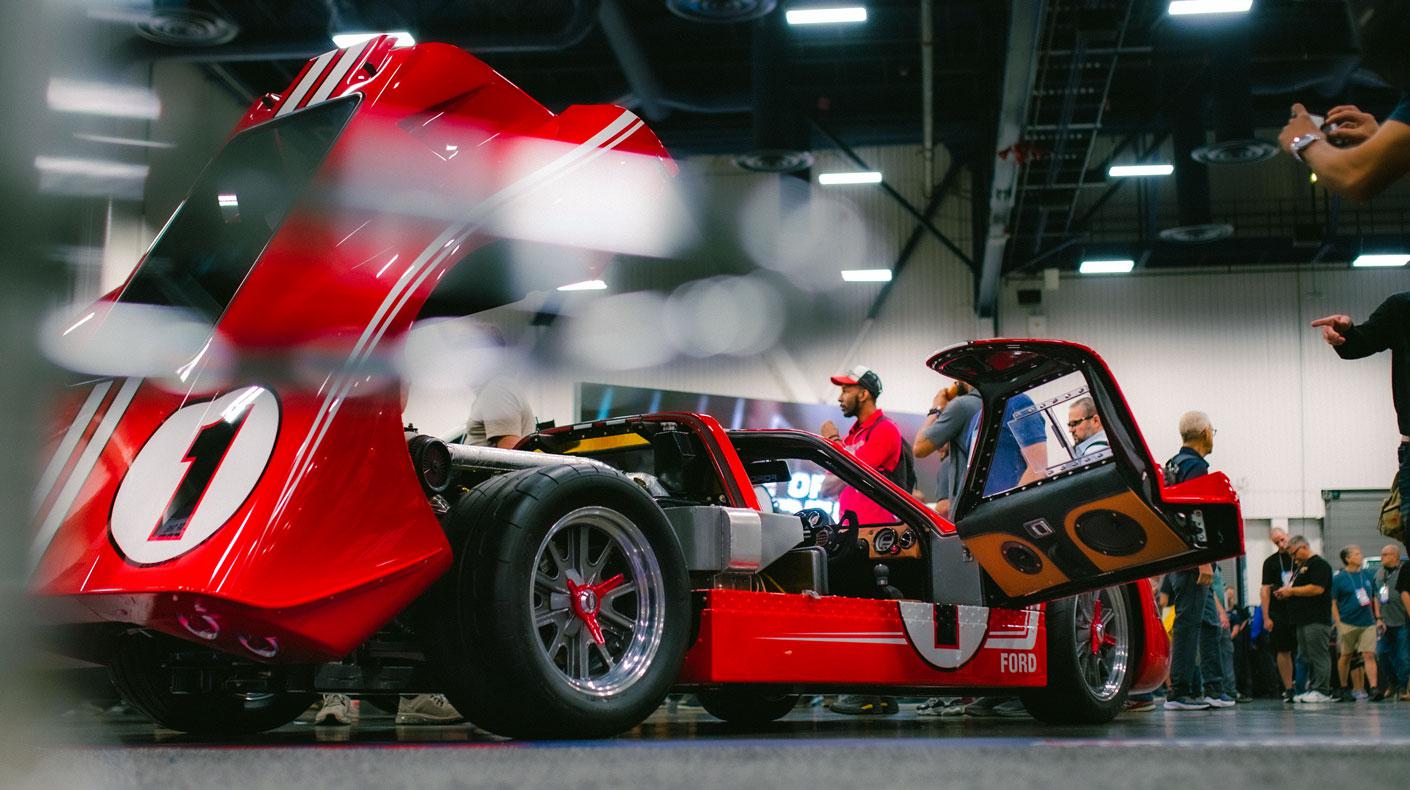By SEMA Editors
The Los Angeles Auto Show, re-branded as “Auto Mobility 2018,” featured several models of which specialty aftermarket manufacturers may want to take notice. The show opened to the media Wednesday, November 28, and will open to consumers this Friday. Here are some highlights:
’20 Jeep Gladiator |
’20 Jeep Gladiator
The ’20 Jeep Gladiator pickup is likely to provide fertile ground for the specialty products industry in the future. The new Jeep pickup will be geared to accommodate the needs of the off-road/outdoor-oriented buyer, with Command-Trac and Rock-Trac 4x4 systems, third-generation Dana 44 axles, Tru-Lock electric front- and rear-axle lockers, Trac-Lok limited-slip differential, sway-bar disconnect and 33-in. tires.
The Jeep Gladiator pickup will arrive in showrooms in the second quarter of 2019 and will be built in the Toledo, Ohio, plant. It will be available in three different trim configurations: Sport, Sport S, Overland and Rubicon.
Features include under-rail bed lighting, an available covered external power source (400W 115-volt, three-prong) and strong integrated tie-downs. An optional Trail Rail Cargo Management System provides additional storage options to organize and secure cargo. A fullsize spare tire and mount is located under the bed behind the rear axle, and is capable of holding up to a 35-in. tire. Gladiator Rubicon models are equipped with protective cab and cargo-bed rock rails.
A four-bolt design at the top of the windshield’s frame allows for the windshield to fold down quickly and easily. A header bar connects the A-pillars and stays in place even when the windshield is folded down. This allows the rearview mirror to also remain in place with the windshield folded. Lightweight, high-strength aluminum doors feature the Torx bit size stamped directly onto the hinge to eliminate guessing which size bit is needed to remove the doors. A tool kit with the necessary Torx bits to remove the doors and lower the windshield is provided as standard equipment.
Exclusive to Gladiator Rubicon models, a forward-facing off-road camera allows obstructions ahead on the trail to be easily seen. The front camera sits behind the middle slot of Gladiator’s seven-slot grille and can be accessed through the available off-road pages.
The Jeep Gladiator will be powered by the 3.6L Pentastar V6 engine at launch, with a 3.0L EcoDiesel V6 engine being offered in 2020. The FCA US 3.6L Pentastar V6 engine delivers 285 hp and 260 lb.-ft. of torque and features Engine Stop-Start (ESS) as standard equipment. It is engineered to provide a broad torque band with a focus on low-end torque—an essential trait needed for extreme off-roading.
A six-speed manual transmission is standard on all Gladiator models equipped with the 3.6L Pentastar V-6, and an eight-speed automatic transmission is optional.
Gladiator’s body-on-frame design uses an all-new lightweight, high-strength steel frame. Compared to Jeep Wrangler four-door, Gladiator’s frame is an additional 31 in. longer and the wheelbase is 19.4 in. longer. The driveshaft, brake and fuel lines and exhaust system were lengthened to accommodate the changes needed.
A traditional steel bed utilizes four steel crossmembers to reinforce the load floor while the aluminum tailgate is damped. To protect critical vehicle components while on the trail, including the fuel tank, transfer case and automatic transmission oil pan, Gladiator employs four skid plates and bars. Rubicon models benefit from the use of heavy gauge tubular steel rock rails to curtail potential body damage inflicted while out on the trail. Rubicon models also feature segment-exclusive rock rails for the bed corners.
Volkswagen I.D. Buzz Cargo Concept |
Volkswagen I.D. Buzz Cargo Concept
With the auto show premiere of the I.D. Buzz Cargo concept, Volkswagen shows how an electrically powered Transporter might change the world of light commercial vehicles—based on the premise that in the United States, delivery trucks account for 7% of urban traffic and 17% of congestion costs due to wasted hours and fuel. The CARGO features long-range driving capability between 200–340 miles on the European WLTP cycle, and could be launched as a production vehicle in Europe as early as 2022.
Volkswagen combined the battery with a 201hp (150 kW) electric motor, a single-speed transmission and rear-wheel drive. An all-wheel-drive system is possible simply by adding a motor at the front of the vehicle. The vehicle’s top speed is electronically limited to 99 mph. The 111kWh battery in the cargo can be charged to 80% capacity in 30 minutes with a 150 kW DC fastcharger. The battery system has also been prepared for inductive charging.
Outside, the cargo concept features a solar roof with a photovoltaic system capable of extending the range of the vehicle by up to 9.3 miles a day.
The interior is tailored for commercial use, equipped with a driver’s seat and a double bench-seat on the front passenger side. The middle seat can be folded down to open up a workspace where the driver can use an integrated laptop. In the automated “I.D. Pilot” mode, this can be done on the move. The driver activates this autonomous mode by pushing on the steering wheel for a few seconds, which then retracts into the instrument panel. The driver’s seat can then be turned 15 degrees to the right, enabling the onboard computer to be operated from an ergonomic position.
Volkswagen Beetle Final Edition |
Beetle Final Edition
Following the September announcement that Volkswagen will end production of the Beetle in 2019, two models make their auto show debut: Final Edition SE and Final Edition SEL.
Final Edition coupe models feature standard chrome treatments in addition to body-color side mirrors, heated washer nozzles (all standard features across the Beetle Convertible lineup), as well as a sunroof. Final Edition SEL models are equipped with Bi-Xenon headlights with LED Daytime Running Lights (DRLs), LED taillights and fog lights. All Final Edition models replace the typical “Turbo” badge on the tailgate with a “Beetle” badge.
Final Edition SE models feature 17-in. aluminum-alloy wheels with a 15-spoke design. Final Edition SEL models are shod with 18-in. white aluminum-alloy wheels in a disc design.
All ’19 Beetle models, both convertible and coupe, are powered by a 2.0L TSI engine that puts out 174 hp and 184 lb.-ft. of torque. All models are paired with a six-speed automatic transmission and the EPA-estimated fuel economy rating is 26 mpg city, 33 mpg highway and 29 mpg combined.
’19 Mazda3 |
2019 Mazda3
The all-new Mazda3 is available in two distinct styles: hatchback or sedan. The new Mazda3 is the first commercial model to feature a newly develped gasoline engine called Skyactiv-X, designed to offer improved initial response, torque, linear response and overall performance. It’s a compression-ignition engine, similar to a diesel, but burns gasoline. The engine is assisted by Mazda’s intelligent new M Hybrid system.
The new Mazda3 will be offered with five different engine options. The 1.5L, 2.0L and 2.5L versions of the latest Skyactiv-G comprise the gasoline engine lineup, all three adopting optimized intake ports and piston shape, split fuel injection and a coolant control valve. The Skyactiv-D 1.8 is the turbodiesel engine offering. Six-speed automatic or manual transmissions are available, and Mazda’s new i-Activ all-wheel-drive system will be an option.
The new Mazda3 is heavily endowed with safety features. It’s available with a newly developed driver monitoring system, which uses both an infrared camera and infrared LED to observe the driver’s condition and monitor eyelids, mouth and face for signs of fatigue. It also monitors line of sight and eye movement. If the system judges that the situation has become dangerous, it sounds an alert and works in conjunction with the smart brake support system to shorten the time required for the brake warning to sound.
New front cross traffic alert is also available, using front side radars to detect other vehicles approaching from blind spots at the front right or left of the vehicle and alert the driver of their presence.
Another safety option is Mazda’s new Cruising & Traffic Support (CTS) system that assists with accelerator, brake pedal and steering operations in traffic jams.
Honda Talon |
Honda Talon
Honda confirmed its entry into the side-by-side segment, unveiling the all-new Talon 1000X and Talon 1000R models, both to be available in spring 2019.
At 64 in. wide, the Talon 1000X is designed for maneuverability and precision. Its 2-in. width Fox Podium Quick Switch 3 shocks (QS3) have 5/8-in. shafts and combine with the double-wishbone front-suspension design and 3-link rear suspension system to provide travel of 14.6 and 15.1 in., front and rear. A performance-tuned 999cc four-valve Unicam parallel-twin engine works with Honda’s geared dual-clutch transmission, which offers two automatic modes (Drive and Sport), plus Manual with steering-column-mounted paddle shifters. Honda’s I-4WD, a new brake-based traction control system, manages the amount of slip between the front wheels in four-wheel drive, and electronic brakeforce distribution strategically optimizes brakeforce to the most effective wheels during braking in two-wheel drive. Hill-start assist temporarily holds the vehicle in place when stopped on an ascent, simplifying the process of resuming motion.
By contrast, the Talon 1000R is designed to excel when bump absorption and high-speed tracking are the priority. It shares 85% of its parts with the Talon 1000X, including the entire 999cc parallel-twin engine and one-piece frame, but is 4.4 in. wider than its sibling and 5 in. longer than the X. The Talon 1000R has a different suspension arrangement, with double-wishbone front-suspension layout and a 4+ link rear configuration, while the shocks are 2.5-in. width Fox Podium QS3 units that have 17.1 and 20.1 in. of front and rear suspension travel, respectively—2.1 and 5 in. more than the 1000X.





